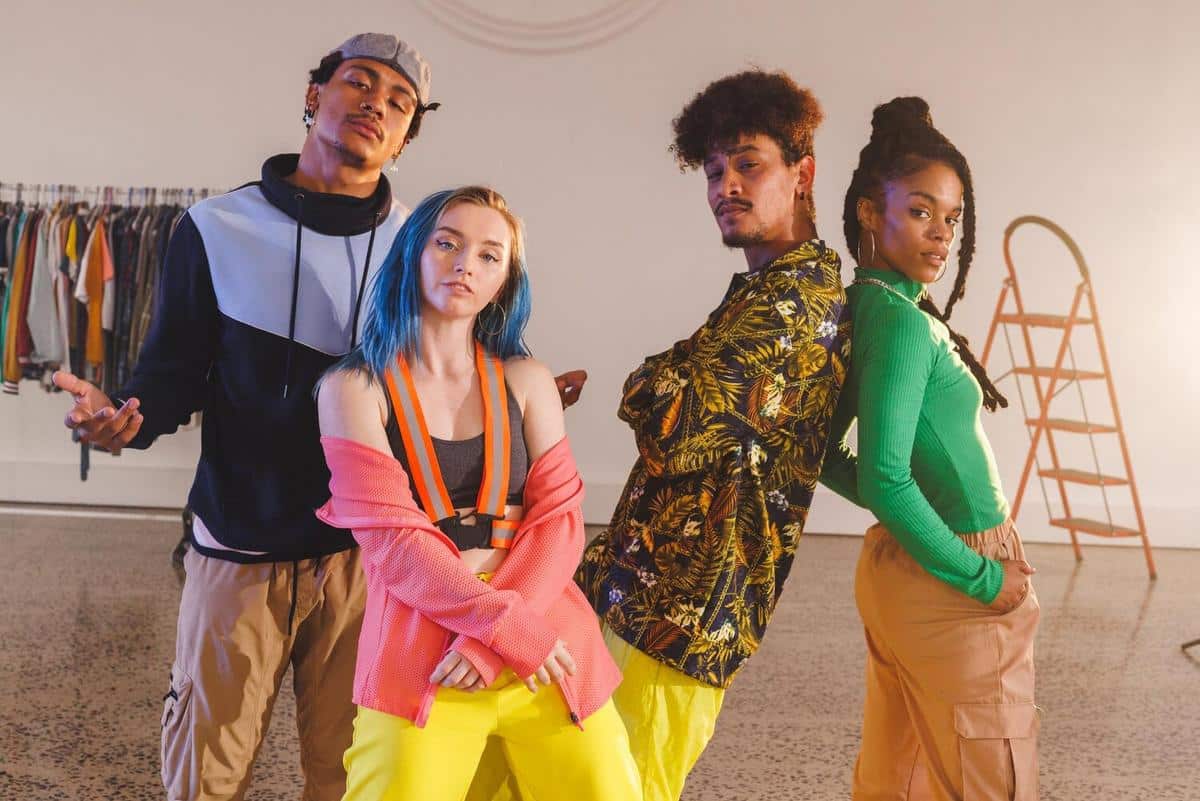
How Augmented Reality is Revolutionizing Fashion Shopping
Augmented Reality (AR) is transforming the way we shop for fashion, offering innovative solutions that enhance our shopping experiences both online and in-store.
As technology continues to evolve, the fashion industry is embracing new tools to enhance consumer experiences, and one such tool is Augmented Reality (AR). AR overlays digital information onto the real world, providing a seamless blend of physical and virtual experiences. In fashion shopping, AR is revolutionizing how consumers interact with products, from trying on clothes virtually to exploring new styles through immersive experiences.
The Rise of AR in Fashion Shopping
With the global AR market in retail expected to reach $12 billion by 2025, it’s clear that this technology is not just a passing trend. Major retailers have started integrating AR into their shopping platforms, allowing customers to visualize clothing on themselves without stepping into a physical store. According to a study by IDC, 30% of consumers prefer shopping with AR tools over traditional shopping methods.
Expert Insights
Fashion technology expert, Lisa Wang, states, “AR is bridging the gap between online shopping and in-store experiences by providing consumers with a more interactive and personalized shopping journey.” This sentiment is echoed by many industry leaders who see AR as a key driver of innovation in fashion retail.
Benefits of AR in Fashion Shopping
- Enhanced User Experience: AR allows users to virtually try on clothes, helping them make more informed purchase decisions.
- Increased Engagement: Interactive AR features keep shoppers engaged longer, potentially increasing conversion rates.
- Reduced Returns: By visualizing products in a realistic manner, AR can help reduce the rate of returns, saving retailers significant costs.
Personal Anecdote
Consider the example of Emily, a fashion enthusiast who loves staying ahead of trends. When she used an AR app to try on a new collection, she was thrilled to see how each piece fit her body type without the hassle of changing rooms. This convenience not only saved her time but also heightened her shopping satisfaction.
Actionable Tips for Retailers
- Integrate AR into Mobile Apps: Ensure your mobile shopping app supports AR features to cater to tech-savvy consumers.
- Educate Consumers: Provide tutorials and guides on how to use AR features effectively.
- Collaborate with AR Developers: Partner with developers to create customized AR solutions that align with your brand identity.
AR Tools and Platforms
| Tool/Platform | Features |
|---|---|
| ARKit | Apple’s platform for creating AR experiences on iOS devices. |
| ARCore | Google’s AR platform for Android devices, providing motion tracking and environmental understanding. |
| Zara’s AR App | Allows users to see models wearing the latest collection in-store. |
| Sephora Virtual Artist | Enables users to try on makeup virtually with accurate color matching. |
| Warby Parker’s App | Uses AR to help users find the right glasses fit. |
| Lacoste’s AR App | Allows customers to try on shoes virtually. |
| H&M’s Virtual Dressing Room | Provides a virtual fitting experience for a variety of clothing items. |
| FashionLens | An AR tool that offers personalized fashion recommendations. |
Frequently Asked Questions
How does AR improve the online shopping experience?
AR enhances online shopping by allowing customers to visualize products in a real-world context, providing a more interactive and informative experience.
Is AR technology expensive for retailers to implement?
While initial costs can be high, the long-term benefits such as reduced returns and increased customer engagement can outweigh the investment.
Can AR be used in physical stores?
Yes, AR can enhance in-store experiences by providing additional product information and virtual try-ons, augmenting the traditional shopping experience.
Conclusion
In summary, Augmented Reality is reshaping the fashion shopping landscape by offering innovative and interactive solutions that cater to modern consumer needs. As AR technology advances, its adoption in the fashion industry is expected to grow, providing retailers with new opportunities to engage customers. By embracing AR, retailers can not only enhance the shopping experience but also stay competitive in an ever-evolving market.

